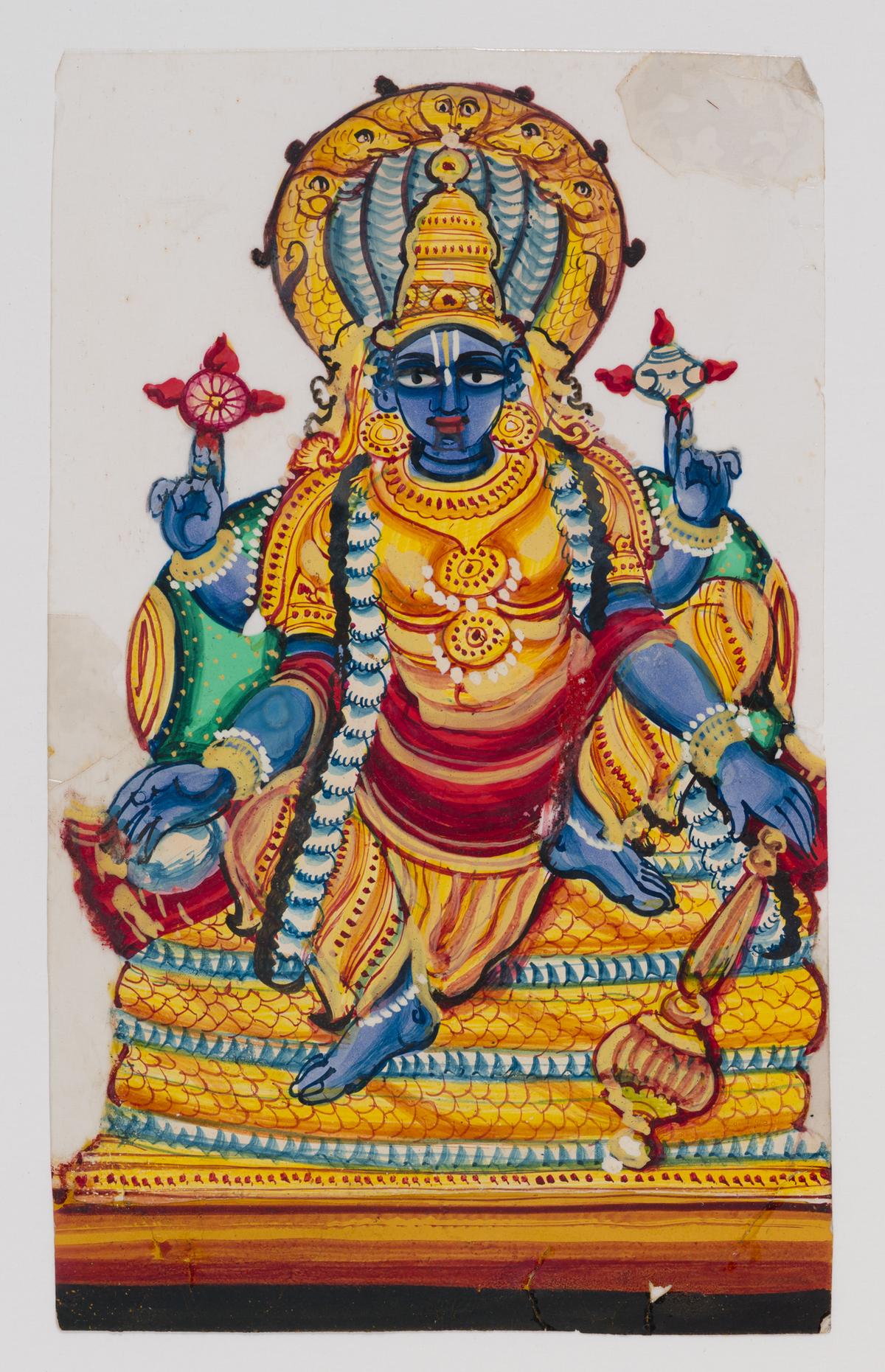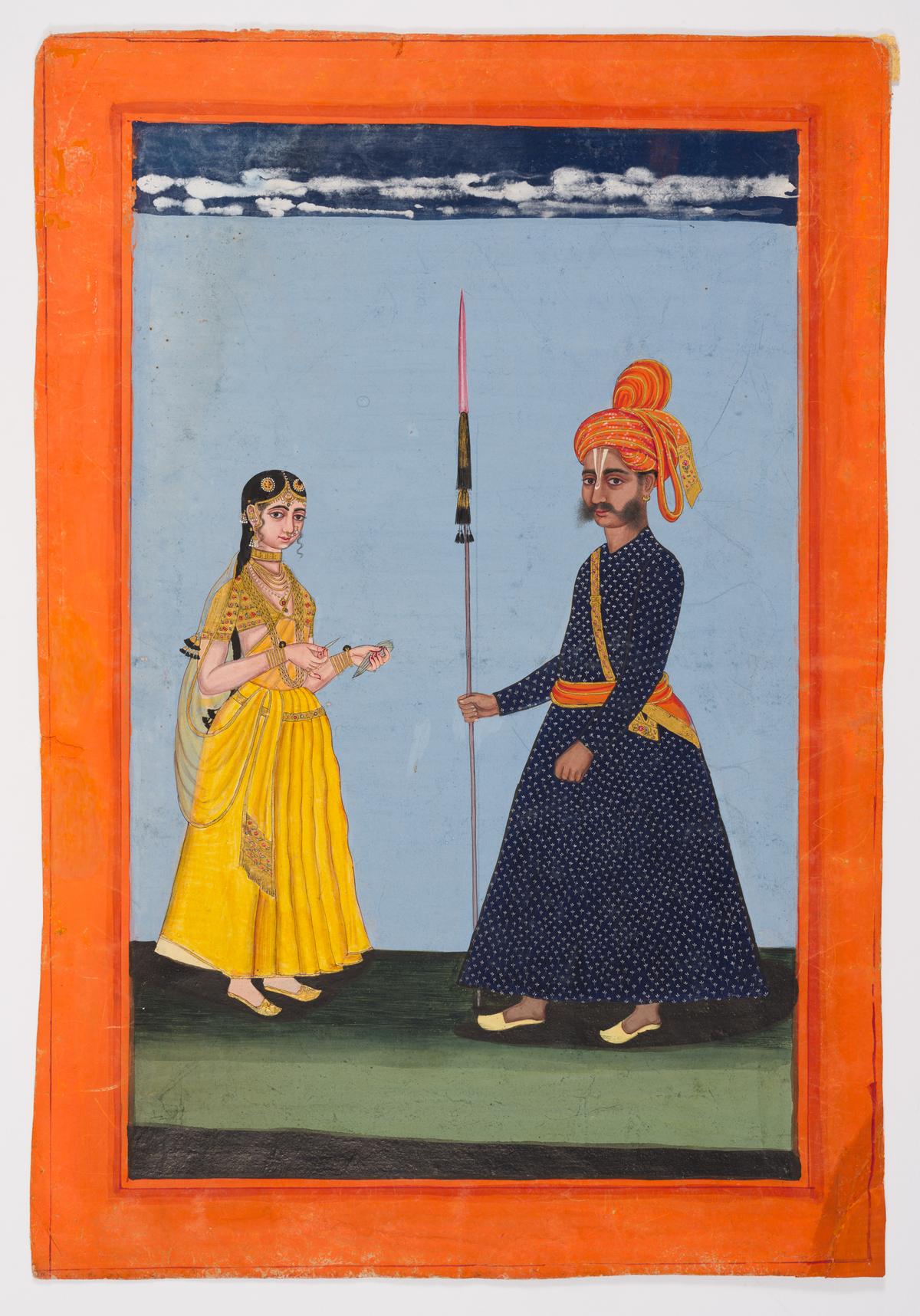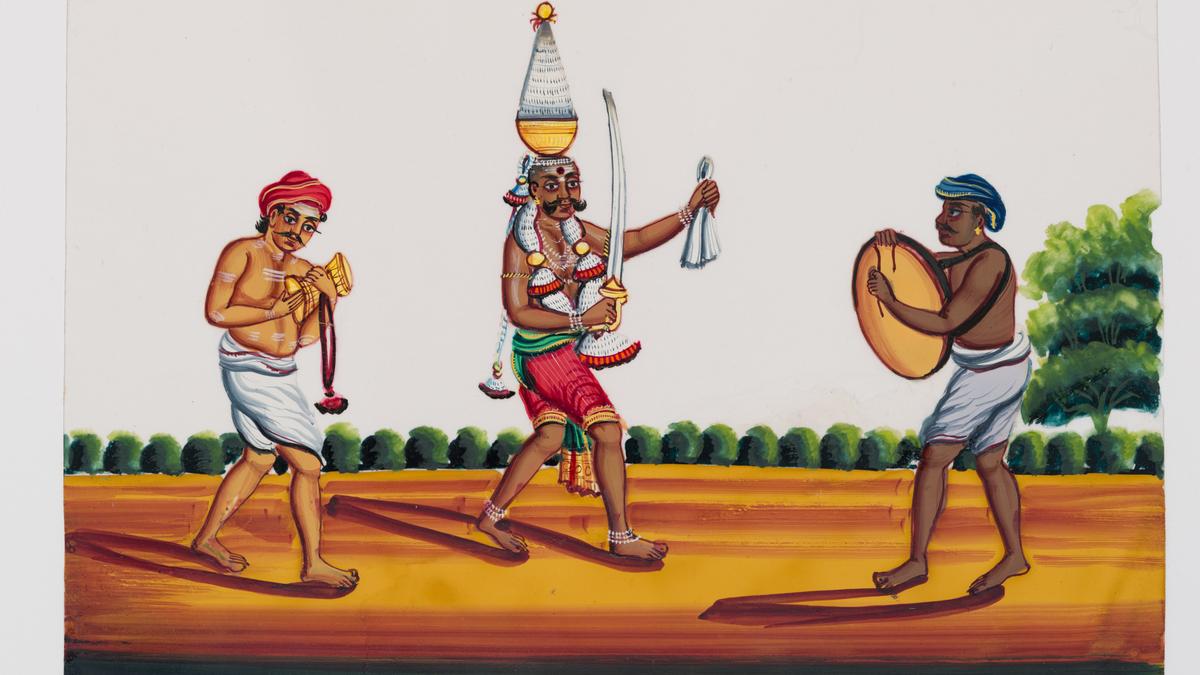It is highly likely that the last time one heard the word “mica” was in school and in connection with a now-remembered chapter on the minerals of the Earth. The Forgotten Souvenir, an exhibition currently running at the Museum of Art and Photography, will not only refresh memories of geography lessons but will also be an important exhibit in history.
According to Khushi Bansal, who manages Forgotten Souvenirs, the mica paintings are rarely seen on display and are usually part of larger exhibitions showcasing Company School paintings (works of art created during the British period) . However, mica painting came into its own during a specific period in India – when royal patronage of traditional art was declining and photography was becoming popular.
“This was the time when the British came to India, the courts were not able to support the artists and their workshops, and so they started adjusting to the changing demands and clientele,” says Khushi. Traders visiting India; He had neither the time nor the resources to undertake the work on a large scale.
In relation to art works executed during that period she says, “The level of detail has decreased along with the change in subjects found in art works of that time.” “The use of the term Company School belittles many other developments in the art scene at that time.”
An Exhibition from The Forgotten Souvenir Photo Credit: Special Arrangement
The biggest change, however, was the medium. Khushi explains, “While art continued to be created on paper, artists also started working on other materials like ivory, shell and mica. Mica became an interesting medium because it imitated European glass painting, and compared to glass, it was relatively easy to transport them back to England.
It is interesting to see how factors such as tourist demand for collectibles initiated a change in creative expression. Mica is found in specific parts of the country – Murshidabad, Patna and Tiruchi – and these regions developed distinctive styles of work using this medium.
forgotten souvenir
This stylistic shift is quite evident as you wander through The Forgotten Souvenirs exhibit. There are three types of mica paintings – faceless images, sets of trades and professions, and deities.
Also on display are samples of mica and it is amazing to see how such a delicate material was used as an art medium more than a century ago. Even more surprising is how the works have survived the passage of time.
“Artists realized that mica could not absorb pigment, so they added gouache to stabilize the watercolors, resulting in vibrant multicolored paintings,” says Khushi, who says this was typical of those times. There was a deviation from British aesthetics.
The makers of these glass paintings pushed the boundaries of design and they were used in lanterns, an example of which hangs in The Forgotten Souvenir. Innovative ideas like preparing two sets of paintings – one on paper with a background and the other on mica placed over it – will create a multidimensional effect.

An Exhibition from The Forgotten Souvenir Photo Credit: Special Arrangement
For example, if the set was a dance party, there would be a veranda with floating heads in the background. The mica painting applied on top of this will contain the body and head gear; It highlighted dimensionality as well as creativity, says Khushi.
The exhibition features an example of a large mica work, which is rare because artists soon realized that large works were not a profitable option. Rendered by an artist named Sevak Ram of the Patna School, it depicts the Ramlila festival in Ayodhya. Sevak Ram was one of the pioneers in popularizing the “firka” of standard sets of pictures.
Although these sets were created as depictions of daily life, such as a cloth merchant with his goods or a tanpura player, their growing popularity and demand highlights the way the British viewed India – based on caste, class. And limited to the community.
“It is a way of the British to document the trade and occupations of India and is one of the earliest examples of ethnographic study. That is why it is believed that the British created a class and caste system that was even more divisive than the system they created,” says Khushi.
In South India, mica was mined in Cuddapah and the deity was the personification of the mica paintings of Tiruchi.
in the show
The exhibition features a short film by Amit Dutta titled Running on a Loop moments before the rebellionUsing images from the archive, Amit and the team have crafted a story about the uneasy pace of life before the Revolt of 1857. The haunting score and voice-over add to the atmosphere of suspense.

An Exhibition from The Forgotten Souvenir Photo Credit: Special Arrangement
“We have developed an AR game along with the exhibition, which gives visitors an in-depth look at the exhibition while making decisions and choices, reflecting their end result,” says Khushi.
A booklet that is a part of the exhibition contains the artistic, historical and educational aspects of the exhibition as well as a commissioned essay by artist Rahi Punyashlok, who talks about mica in a contemporary context.
The mica paintings are as specific to those 80 to 100 years of Indian history as they are not followed today, and the exhibition is an interesting way of gaining information about the society that once existed as well as the far-reaching consequences of colonialism. Also about impact.
The Forgotten Souvenir will be on display at the Museum of Art and Photography until February 23, 2025
published – January 20, 2025 05:28 PM IST
